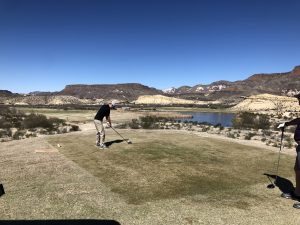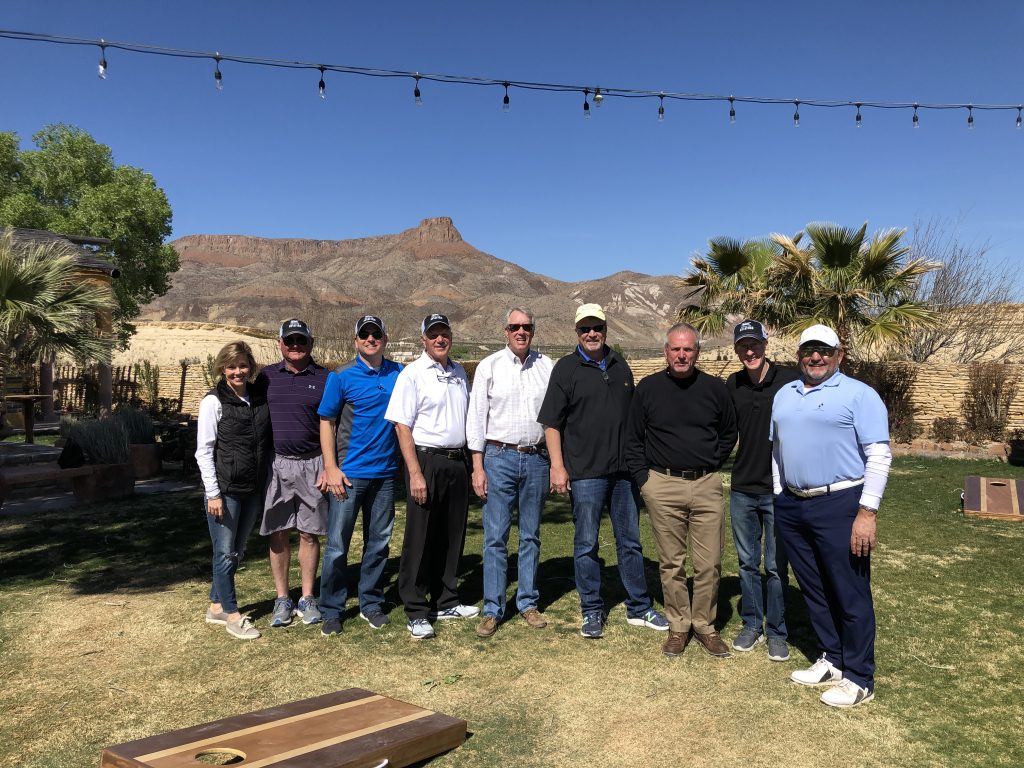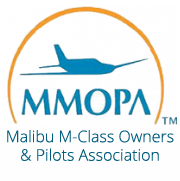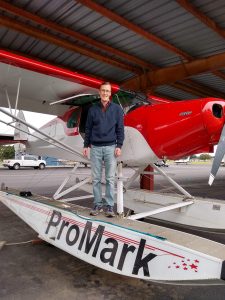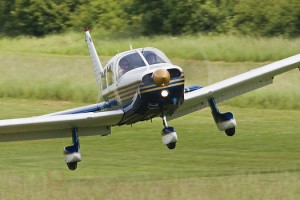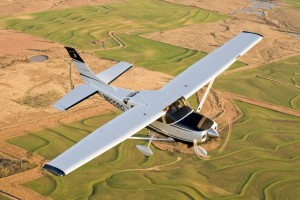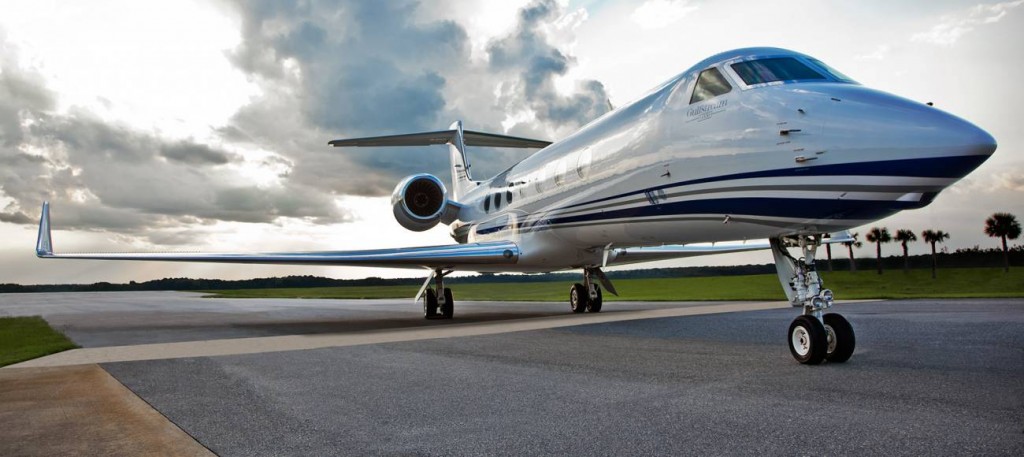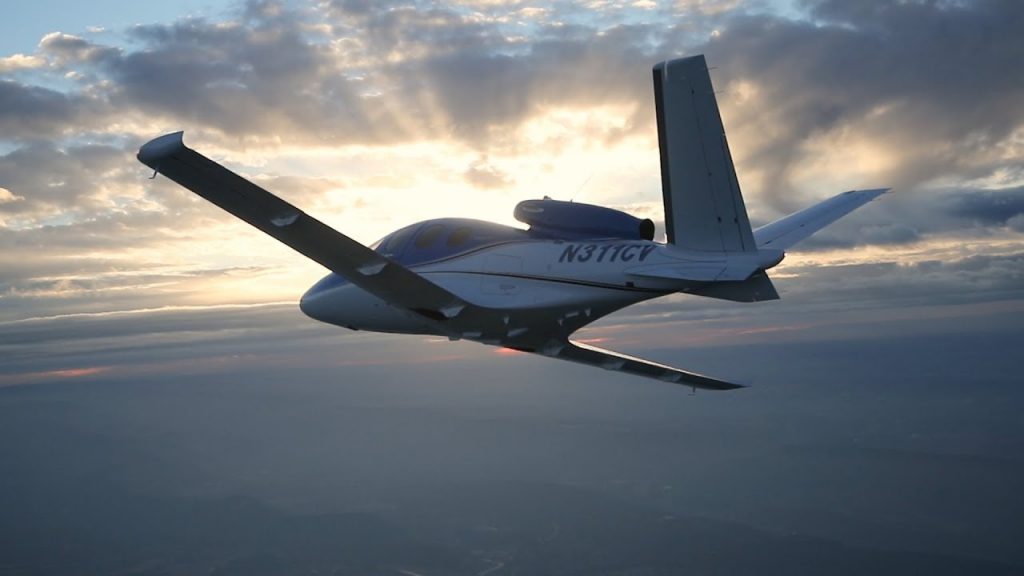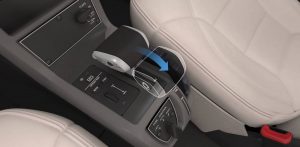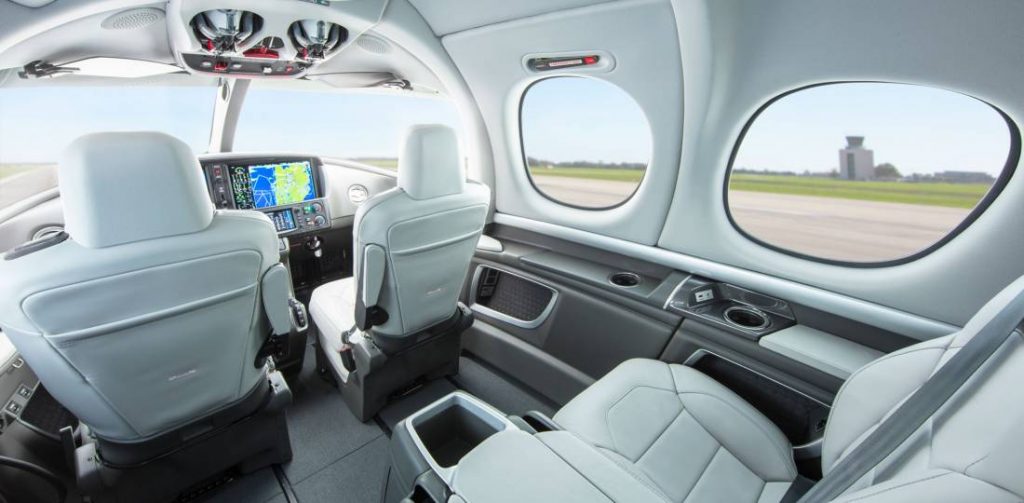Talk about star treatment. The Lajitas Golf Resort rolled out the red carpet for the 2019 Texas Top Aviation Lajitas Fly In. I had been to Lajitas twice before; once in July when it was hot, miserable and bumpy. The second time was the week before our Fly In. Both times, everyone from the airport folks to the bus drivers to the front desk and restaurant staff were top notch. It made for a very pleasurable experience.
If you haven’t been out to Lajitas (or don’t even know where it is) and you’re a pilot (you don’t even have to play golf), you have missed a sure gem. Lajitas is positioned on the southern tip of the Big Bend area of Texas, right on the Rio Grande river. Lajitas has great lodging with several different room options from big to small, an excellent restaurant for 3 square a day (and even a bakery for sweets, coffee, and breakfast tacos in the mornings), and a 5 star golf course in Black Jack Crossing.
Why is this all relevant to us aviators? Lajitas has it’s own private airport, 89TE. Complete with a 5,500 foot asphalt runway, VFR conditions most of the year, and reasonable fuel prices, Lajitas is the pilot’s gateway to the resort and the entire Big Bend area. If you wait until the fall, a brand new, 7,000 foot concrete runway should be completed and an IFR approach should be available. An AWOS is in the works too.
The resort and airport are so far south, radar and radio coverage with Albuquerque Center is pretty poor below about 15,000 feet, and non-existent below 10,000 feet. This isn’t a big concern as any airplanes in the area should be on 122.9 and the airport manager will make contact with you, give you a weather report, and assign a runway.
Once you are on the ground, there will be a resort bus waiting to whisk you and all your friends to the resort for your getaway.
The 2019 Texas Top Aviation Lajitas Fly In was a big hit. We had 7 airplanes total: 5 Cirrus SR22s, 1 Piper Matrix, and 1 Citation M2. There were 15 attendees total, including 13 golfers. Everyone raved about the resort and the golf course. The only hiccup in the weekend was the cold front that blasted through on Friday afternoon, kicking up a lot of dust. Golfing on Saturday was windy too, but Sunday morning was absolutely perfect.
Thanks again to the folks at Lajitas for the star treatment!
Interested in participating in the next Texas Top Aviation Fly In? Contact Us or Sign Up for Our Newsletter and we will make sure you find out about the next one so you don’t miss out!


